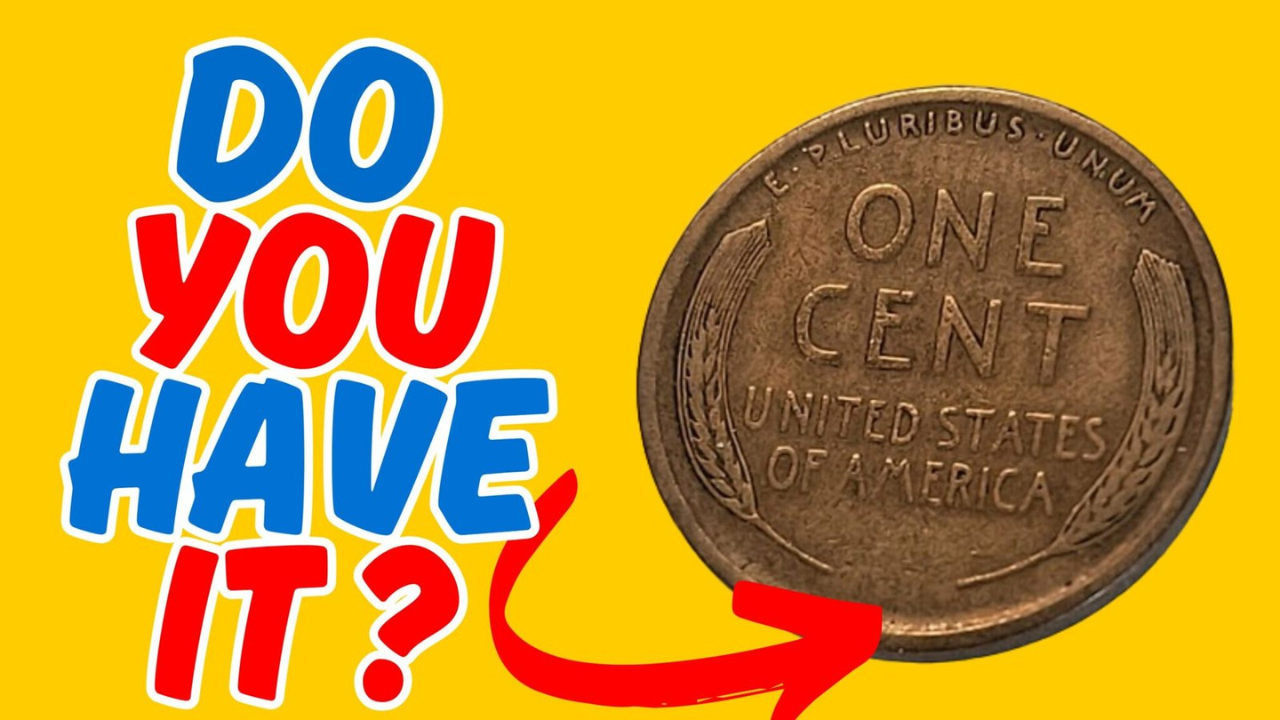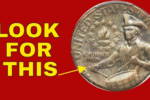Lincoln Wheat Penny Value 144K: The Lincoln Wheat Penny, a small copper coin created decades ago, has been in the headlines recently for its staggering valuation. Some rare specimens of this simple coin have been auctioned for up to $144,000, leaving collectors and the general public wondering if such a treasure could still be hiding in their pockets.
History of the Lincoln Wheat Penny
First minted in 1909 to commemorate the centennial of Abraham Lincoln’s birth, the Lincoln Wheat Penny became one of the most iconic coins in American history. It features a portrait of Lincoln on the obverse and two wheat stalks framing the words “One Cent” on the reverse, hence the name “Wheat Penny.” It remained in production until 1958 before being replaced by the Lincoln Memorial reverse.
Why is the Wheat Penny so valuable?
While most Wheat Pennies are worth only a few cents today, some rare variations sell for astronomical prices. The high value comes from mint errors, low mintage numbers, and unique features like doubled dies or off-metal strikes. One of the most sought-after varieties is the 1943 copper Wheat Penny, which was mistakenly minted in copper, a year when the penny should have been made of steel due to wartime metal shortages.
Can rare pennies still be in circulation?
It may seem like a fantasy, but it is technically possible. Though unlikely, rare wheat pennies can still slip through the cracks of modern coin circulation. Many people are unaware of their value and spend them unwisely. This has fueled excitement among collectors who search jars of old coins and pocket change in hopes of finding a rare gem.
How to Identify a Valuable Wheat Penny
Identifying a rare wheat penny requires a keen eye and some basic knowledge about coin varieties. Key dates, mint marks, and physical errors are important. Coins with a copper error such as 1909-S VDB, 1914-D, or 1943 are the most valuable. Collectors often use magnifying devices to detect fine details that may indicate the coin’s rarity.
The Role of Coin Collectors and Auctions
Coin collectors play an important role in bringing these treasures to light. Rare wheat coins often sell for thousands or even millions of dollars at auctions held by prestigious numismatic organizations. These events are not only for experienced collectors, but also attract investors and history buffs who are fascinated by these little pieces of history.
The Continuing Fascination of Wheat Coins
The story of the Lincoln wheat coin illustrates the magic of coin collecting: ordinary objects are transformed into extraordinary treasures. For many, the chance to find such a coin evokes a sense of adventure and nostalgia. Even decades later, these coins continue to fascinate both collectors and the general public.
Frequently Asked Questions About the Lincoln Wheat Penny
Q: Why are Lincoln Wheat Pennies worth so much?
Rare varieties, minting mistakes, and low mintage numbers make some Wheat Pennies extremely valuable to collectors.
Q: Are valuable Wheat Pennies still in circulation?
Although this is rare, it is unlikely. Some people simply spend them without realizing their value.
Q: How can I tell if my Wheat Penny is valuable?
Check the date, mint mark and look for known errors. Rare coins often have unique characteristics such as doubled dies or unusual metal composition.





